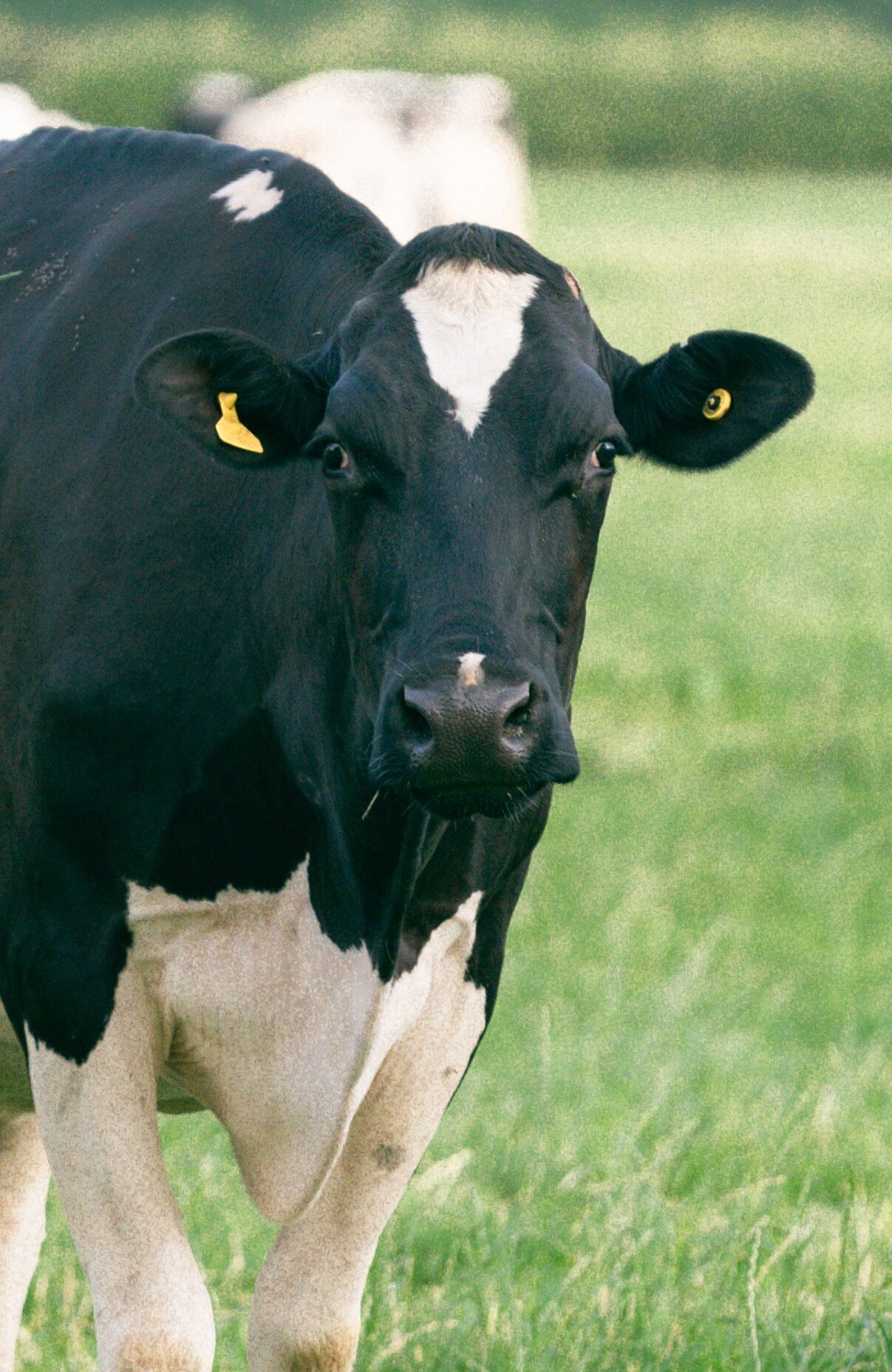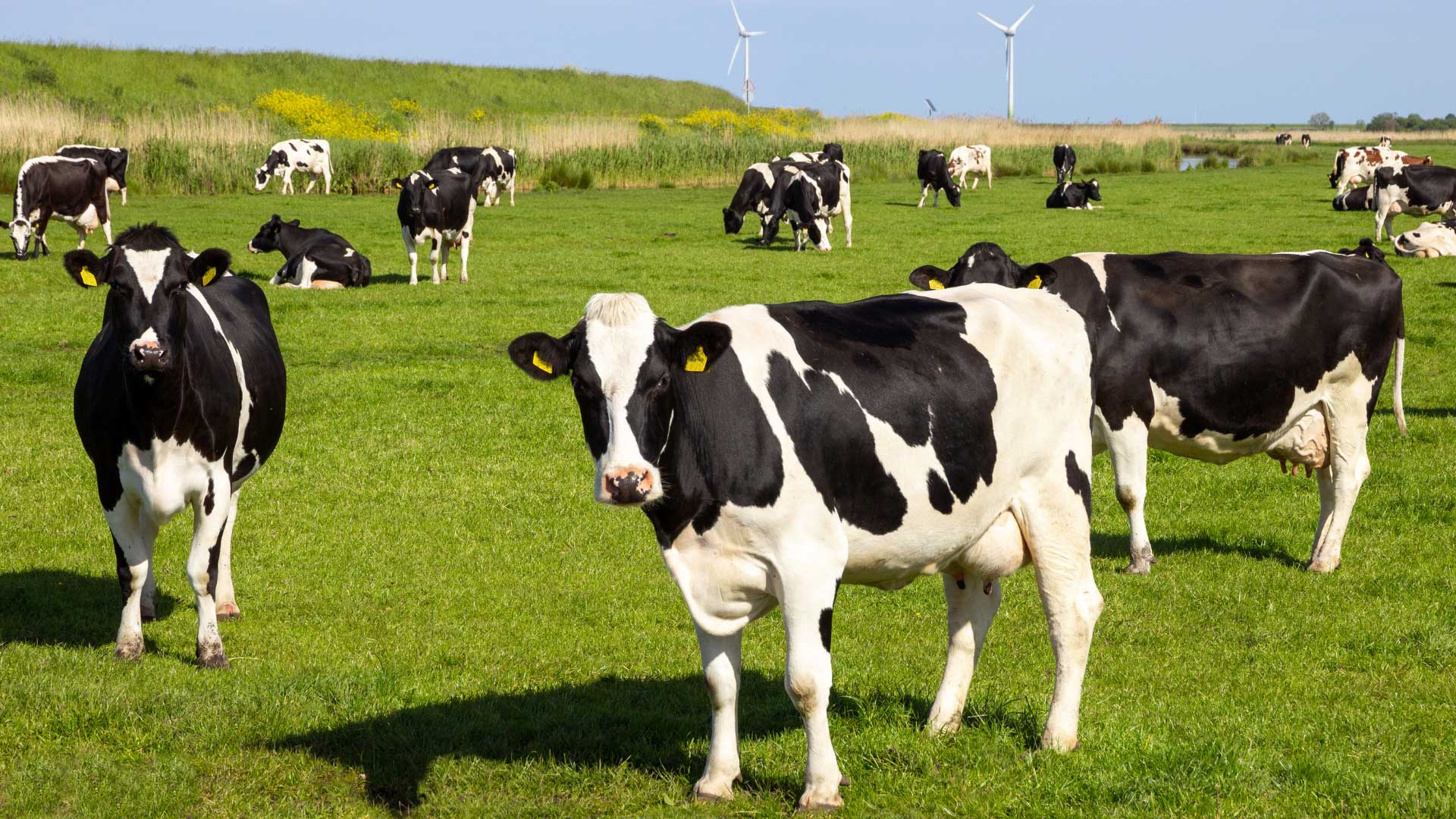The new LIS for cattle also enables the future use of Bovine Electronic Identification (BEID) from a set date in 2027.

announcement
The formal ministerial announcement which took place on Monday 2 June 2025, outlined Defra’s plans to introduce changes to cattle identification, registration and reporting from Summer 2026. These new regulations have been shaped by the responses to the public consultation in late 2023.
Plans for Bovine EID
This announcement confirmed that Bovine Electronic Identification (BEID) will be introduced for all newborn calves in England from a set date in 2027, using low frequency (LF) technology. Industry will then transition to a fully electronically identified cattle population over time, meaning there will be a period where non-BEID and BEID animals both exist in tandem in the national herd. During this time, animal movements will be able be reported using either EID reads, barcode scans from passports or visual reading of tags as it is currently done. As such, there is no need to retag the national herd.
Plans for the new cattle service
The announcement also confirmed the development of a new Livestock Information Service (LIS) for cattle which will replace the current Cattle Tracing System (CTS) for English cattle notifications. This will be launched in a phased rollout, starting with private testing in December 2025, and will gradually progress into a more public testing state in spring 2026. This phased approach will allow any issues to be resolved quickly and ensure a smoother transition for all users. The aim is to roll out the new LIS cattle service to all cattle keepers by summer 2026.
Plans for the future
The new service is designed to be futureproof, ensuring it can accommodate changes from the bovine consultation and any future legislative updates. This flexibility allows the system and services to adapt seamlessly to new requirements, which will enable it to evolve into a multispecies traceability service in the future. Existing livestock traceability systems, including the Cattle Tracing System (CTS), will remain in place until multispecies services across the devolved governments are fully operational.
You can read the formal announcement here: Electronic ID for Cattle mandatory in step forward for UK biosecurity – GOV.UK

